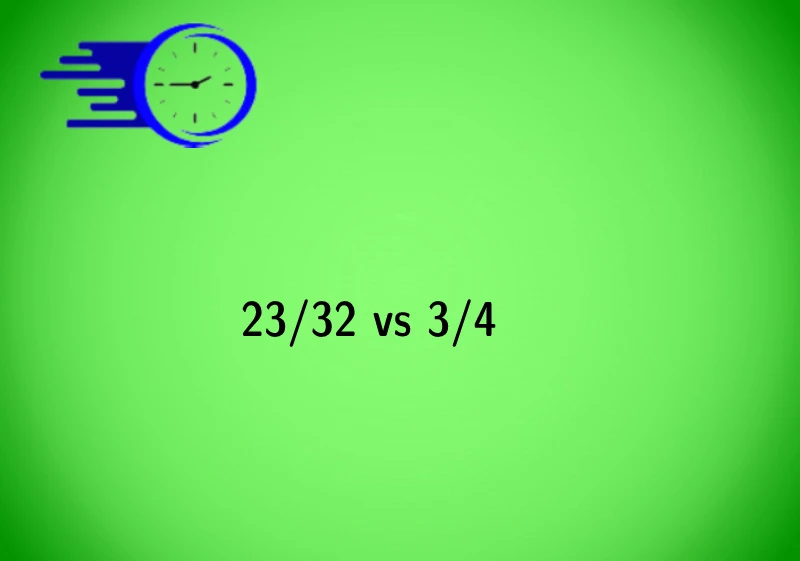23/32 vs 3/4
What is the Difference Between 23/32 and 3/4″ Plywood?
Plywood is sold in a variety of thicknesses. Because wood shrinks during the drying process, its actual thickness may vary from the nominal measurements.
For fine carpentry projects, the difference between 23/32 and 3/4 can become critical. Measuring plywood using a caliper is the only way to ensure the proper thickness for your project.
What is 23/32?
23/32 is a bit more than two thirds of a millimeter in diameter. It also happens to be the largest number of points you can find on the xbox one sd card. It is a little surprising that no one knows how many points it took to fill that much space on the disc. In a recent survey, the most popular answer was a whopping 3 billion points. If you are looking to learn more about this cool afghani sized number, check out the latest edition of our book or try our free online quizzes.
What is the difference between 23/32 and 3/4?
Plywood is sold in nominal thicknesses of 1/4″, 1/2″, and 3/4″ but the actual thickness may vary by as much as 1/32″. That does not seem like a big difference, but it can be problematic for fine carpentry. It can make grooves and cuts that are too tight a bit sloppy, or it can cause the plywood to have a noticeable gap when placed in dado slots. The best way to ensure the exact thickness of a plywood sheet is to use a caliper to measure it. This is especially true for sanded plywood, which has different manufacturing tolerances than un-sanded sheets of plywood.
Watch out for the rest of Time fores for more interesting and useful articles.

